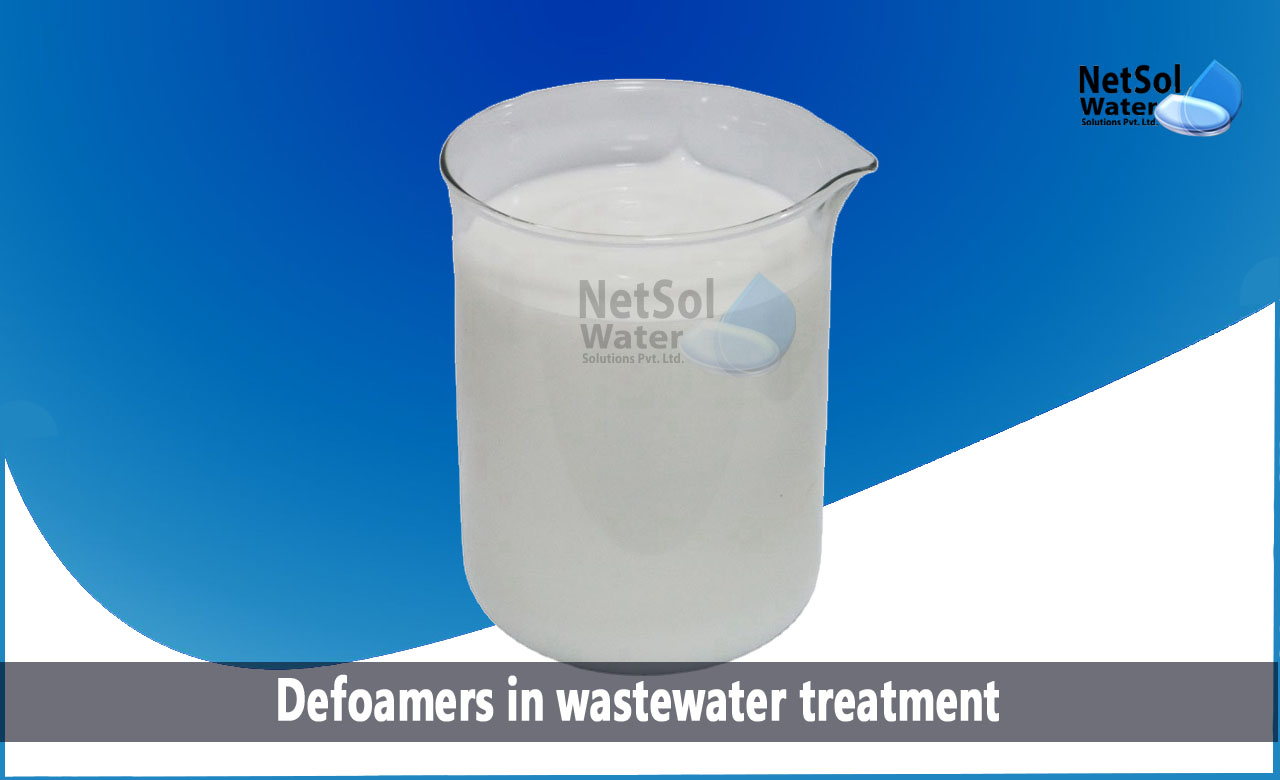The Duty of Defoamers in Enhancing Item High Quality and Performance
Defoamers serve as crucial additives that minimize this problem, making sure smoother manufacturing workflows while improving the useful and visual attributes of the final items. The selection of the appropriate defoamer can be vital to attaining optimum results, elevating essential concerns about formula compatibility and efficiency metrics that merit additional exploration.
Recognizing Defoamers
Understanding the role of defoamers is essential for keeping product high quality across different sectors. Defoamers are chemical ingredients designed to reduce and stop the formation of foam in fluid systems, which can adversely impact procedures such as mixing, filling, and surface stress. Lathering can cause inefficiencies, item flaws, and jeopardized aesthetic charm, making defoamers an essential element in making operations.
In industrial applications, defoamers help to boost product uniformity and security. In the paint and finishes industry, foam can conflict with the application procedure and the last coating. Similarly, in food and beverage production, too much foam can impede bottling and product packaging performance (defoamers). The effective use defoamers not just makes certain smoother manufacturing processes however additionally adds to premium product performance.
Moreover, the selection and formulation of a defoamer have to align with particular application demands, such as compatibility with various other ingredients, effectiveness under differing temperature level and pH conditions, and possible regulatory restrictions. Eventually, recognizing defoamers' functions and their importance in various solutions is crucial for optimizing manufacturing and making certain the finest final product.
Kinds of Defoamers
Defoamers can be classified into a number of kinds based on their structure and system of action. The primary kinds consist of silicone-based, non-silicone natural, and inorganic defoamers.
Silicone-based defoamers are amongst the most efficient, primarily because of their capacity to spread rapidly on the fluid surface area and interfere with foam development. Their one-of-a-kind chemical structure permits exceptional stability, making them appropriate for high-temperature applications and settings with differing pH levels.
Non-silicone natural defoamers, typically composed of natural oils or fatty acids, are valued for their biodegradability and reduced poisoning. These are normally used in food and beverage applications where safety and security and ecological effect are vital.
Inorganic defoamers, which include substances like talc or calcium carbonate, act by raising the thickness of the fluid, consequently minimizing foam security. They are commonly used in industrial procedures where compatibility with other products is not a problem.
Each sort of defoamer has distinct advantages and limitations, allowing for tailored options relying on the certain frothing problems encountered in various applications. Recognizing these differences is important for optimizing performance and achieving desired product high quality.
Applications Across Industries
Numerous industries take advantage of defoamers to enhance product top quality and functional performance. In the food and beverage industry, defoamers are essential in procedures such as developing and dairy production to avoid foam development, which can bring about inefficiencies and product disparity. By regulating foam, suppliers can make sure much better yield and an extra consistent product.
In the pharmaceutical sector, defoamers play an essential duty in the formula of liquid medicines, where excessive foam can impede blending and accurate application. Their usage helps keep the integrity of the formulas and assists in smoother production procedures.
The paint and finishes industry likewise counts on defoamers to enhance the efficiency of products throughout application. By reducing foam, these additives make sure a smoother surface and improve the aesthetic high qualities of the last item.
Benefits of Utilizing Defoamers
While the application of defoamers differs throughout markets, their advantages continually improve item high quality and process efficiency. One significant benefit is the reduction of foam formation throughout manufacturing procedures, which can otherwise result in production delays and incongruities in item quality. By reducing foam, defoamers allow a smoother circulation of products, helping with more reliable operations and decreasing the probability of tools breakdowns.
In addition, making use of defoamers can enhance the appearance and texture of end products. In sectors such as finishes, paints, and food handling, too much foam can endanger the visual aesthetic appeals and total quality, while like it the appropriate defoamer application makes sure an uniform coating and preferable features. Defoamers can add to set you back savings by decreasing waste during manufacturing and enhancing the usage of raw materials.

Picking the Right Defoamer
Picking the ideal defoamer is critical for enhancing manufacturing processes and making sure item quality. The option of defoamer affects not only the effectiveness of foam control but also the overall performance characteristics of the end product. Elements to take into consideration include the kind of application, the chemistry of the solution, and the environmental problems under which the item will be utilized.
Different industries might need particular defoamer types, such as silicone-based, natural, or polymeric defoamers. Recognizing the compatibility of the defoamer with the main active ingredients is important to avoid damaging reactions that can compromise item integrity. Furthermore, the defoamer's effectiveness in numerous temperatures and pH levels need to be examined to ensure regular efficiency.
Evaluating the defoamer in small-scale applications can give important insights into its performance and viability. Factor to consider of regulative conformity, particularly in food, drugs, and cosmetics, is extremely important in selecting a defoamer. Eventually, a thorough analysis of these aspects will result in the choice of a defoamer that not only manages foam efficiently but also improves the top quality and efficiency of the final product.
Final Thought

To conclude, defoamers are necessary ingredients that considerably boost product high quality and efficiency across numerous markets. By properly reducing foam formation, these representatives not just Homepage boost operational efficiency but also add to the useful and aesthetic stability of items. The calculated selection and application of defoamers cause set you back savings, enhanced resource usage, and boosted consumer complete satisfaction. Generally, the importance of defoamers in go to the website commercial processes can not be overstated, as they play a crucial role in accomplishing consistent and high-grade results.
Frothing can lead to ineffectiveness, product defects, and compromised aesthetic charm, making defoamers an important element in producing procedures.
